Last Updated on February 7, 2025
The Future of Safe Driving Explained – Run Flat Tires
We’ve all been there – driving along a highway and suddenly feeling that dreaded wobble signaling a flat tire. Traditionally, this meant pulling over and getting to grips with a spare tire. Enter Run Flat Tires – the technological answer to this age-old problem. But what exactly are they, and how do they work?
Let’s delve into the fascinating world of Run Flat Tires.
What Are Run Flat Tires?
Run Flat Tires, as the name suggests, are designed to keep running even after they get punctured. Unlike conventional tires, they can maintain their shape and performance for a certain distance after a puncture, giving drivers ample time to reach a service station or a safe location.
With run-flat tires, you can punch a hole in your tire and keep driving, but only for a while. During the next 50 miles, you must stop at a garage or a tire shop to repair or replace your tire.
A run-flat tire does pretty much what its name implies. These tires maintain their shape even when damaged. That not only allows you to keep driving, but it also keeps your damaged tire from popping off its rim. When your tire stays on the rim, the chance of an accident caused by a blowout is significantly reduced.
There are several reasons to choose a run-flat tire for your vehicle. Run flats
- keep you from being stranded on the side of the road after a puncture or blowout.
- Help avoid dangerous blowouts.
- Give you more trunk room because there is no need for a spare tire.
Key Features of Run Flat Tires:
- Reinforced Sidewalls: These tires have specially designed sidewalls that are more robust and can temporarily support the vehicle’s weight even after a puncture.
- Decreased Downtime: These tires can run even when flat, reducing the immediate need for tire changes on busy roads.
- Enhanced Safety: By allowing controlled movement after a puncture, they reduce the risk of accidents due to sudden deflation.
How Do They Work?
The concept is simple, but the technology is 21st century. Most run-flat passenger tires have reinforced sidewalls strong enough to hold up your vehicle after a puncture. Those materials that add the structure and strengthen the sidewalls are the product of modern technology. These components must be strong enough to support your vehicle without compressed air but still elastic enough to be part of your tire.
- Internal Support System: The secret behind Run Flat Tires is their built-in internal support system. This system ensures that, in case of a puncture, the tire doesn’t collapse but maintains its shape. This is primarily achieved through the reinforced sidewalls, which can bear the vehicle’s weight without air.
- Driving Post-Puncture: Once punctured, Run Flat Tires can typically travel between 30 and 50 miles (depending on the brand and model) at a maximum speed of 50 mph. This allows drivers to reach their destination or find a nearby mechanic.
Note: It’s essential to have a Tire Pressure Monitoring System (TPMS) with Run Flat Tires. It alerts drivers in case of a puncture, ensuring they don’t unknowingly continue driving long distances on a flat tire.
If you have run flats on your vehicle, don’t forget that the point is not to drive forever after a puncture. The longer you go on the damaged tire, the more chance you will cause enough additional damage to the tire that it will have to be replaced instead of repaired.
- Requirements: Modern run-flat tires don’t need special rims, but they are only functional on cars equipped with a working air pressure control system. Here’s an example of a run-flat tire sold online by www.tires-easy.com. This Potenza RE960 A/S Pole Position Run Flat will allow you as much as 50 miles at 50 mph after a puncture.
Are They Right For You?
Before making the switch, consider your driving habits, usual routes, and personal preferences:
- City Drivers: If you primarily drive within city limits, with service stations aplenty, Run Flat Tires can be a convenient choice.
- Highway Commuters: Those who frequently travel on highways may benefit significantly, as getting a flat in a remote area can be problematic.
- Safety Enthusiasts: If safety is a top priority, the enhanced stability and control offered by Run Flat Tires, especially post-puncture, can be very appealing.
Conclusion
Run Flat Tires offer a hard-to-ignore blend of innovation, safety, and convenience. While they might not replace traditional tires entirely in the immediate future, they certainly offer a glimpse into a world where flat tires are mere inconveniences, not emergencies.
Ready to upgrade your driving experience and embrace the future of tire technology?
Dive into our wide range of Run Flat Tires and choose the best fit for your vehicle. Enhance safety, reduce downtime, and drive with confidence. Shop at Tires-Easy today!
FAQs
What is so particular about run-flat tires?
Run-flat tires are designed to keep the vehicle moving even after a puncture, eliminating the immediate need for a roadside tire change. Their reinforced sidewalls can temporarily support the vehicle’s weight, allowing drivers to reach a safe location or service station before addressing the puncture.
What is the disadvantage of run-flat tires?
The primary disadvantages of run-flat tires include a potentially stiffer ride due to their reinforced construction, often higher replacement costs than standard tires, limited tread wear life, and the fact that they can only be driven for a short distance after a puncture.
What are the three types of run-flat tires?
The three main types of run-flat tires are:
- Self-Supporting: These have reinforced sidewalls that prevent the tire from collapsing after losing air pressure.
- Support Ring System: These tires utilize a ring of hard rubber or another structure that can support the vehicle’s weight in the event of air loss.
- Self-Sealing: These tires contain a layer of sealant material that can automatically seal a puncture, preventing air loss.
Can run flats get punctured?
Yes, run-flat tires can get punctured just like standard tires. However, their design allows them to be driven for a limited distance even after a puncture, giving the driver time to reach a safe location or service station.
-
Writer






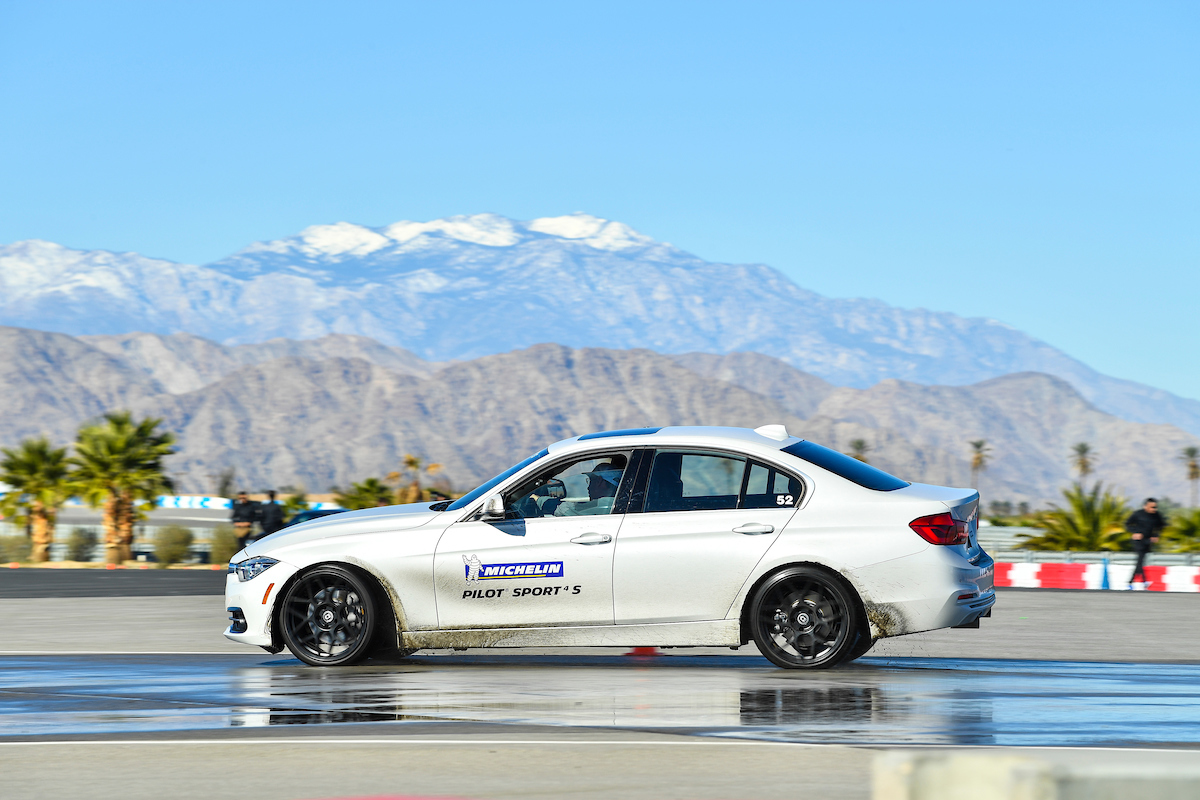
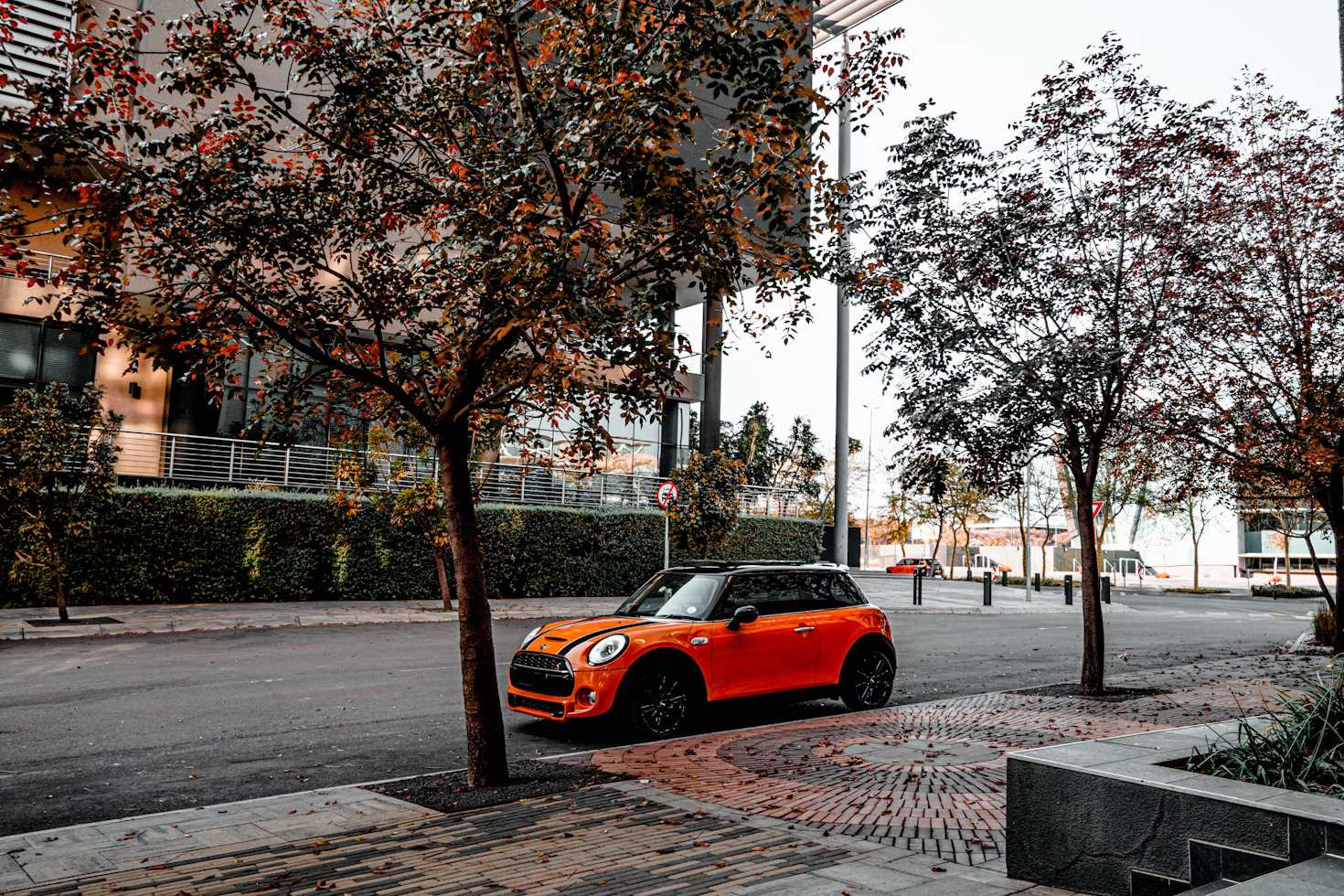
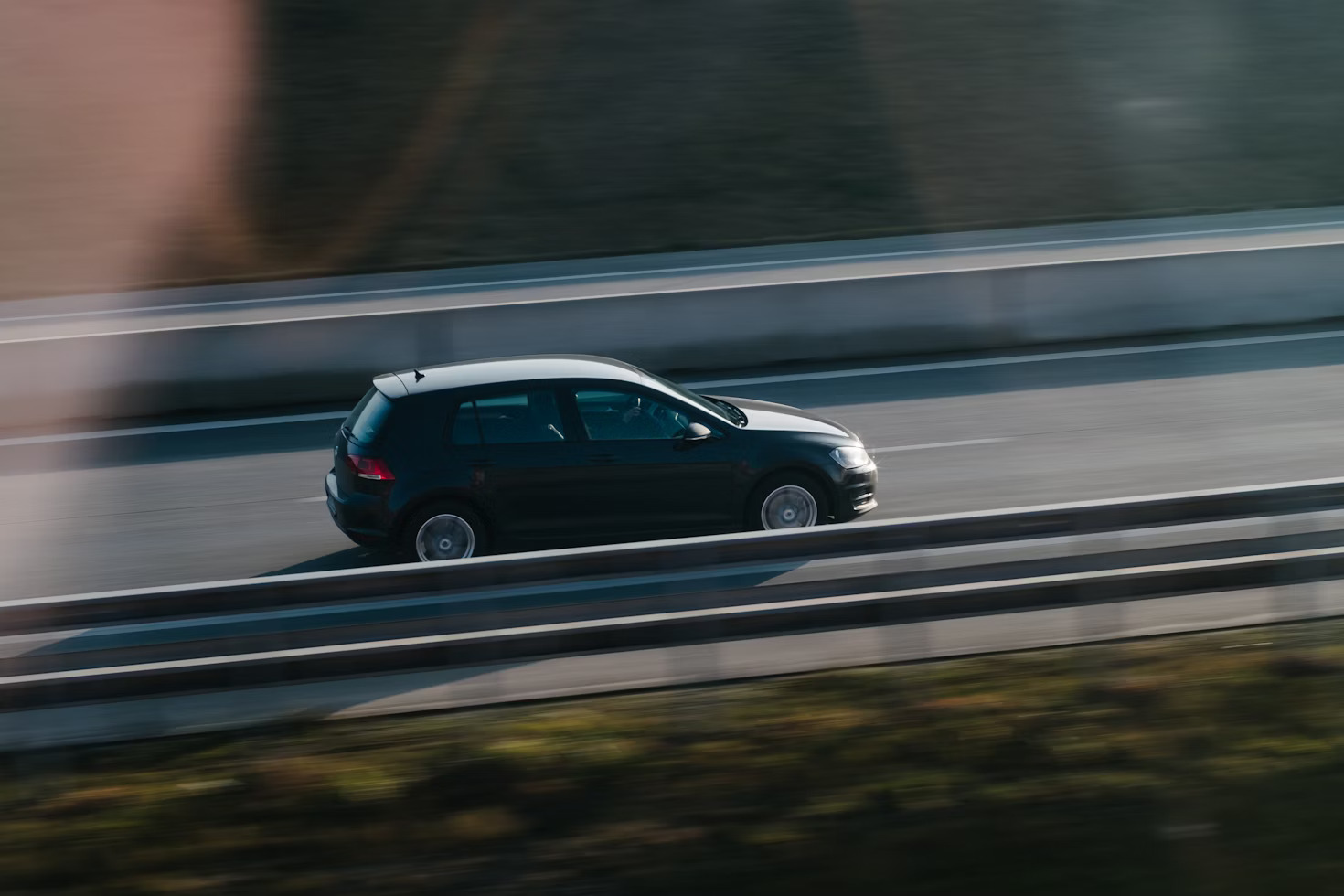

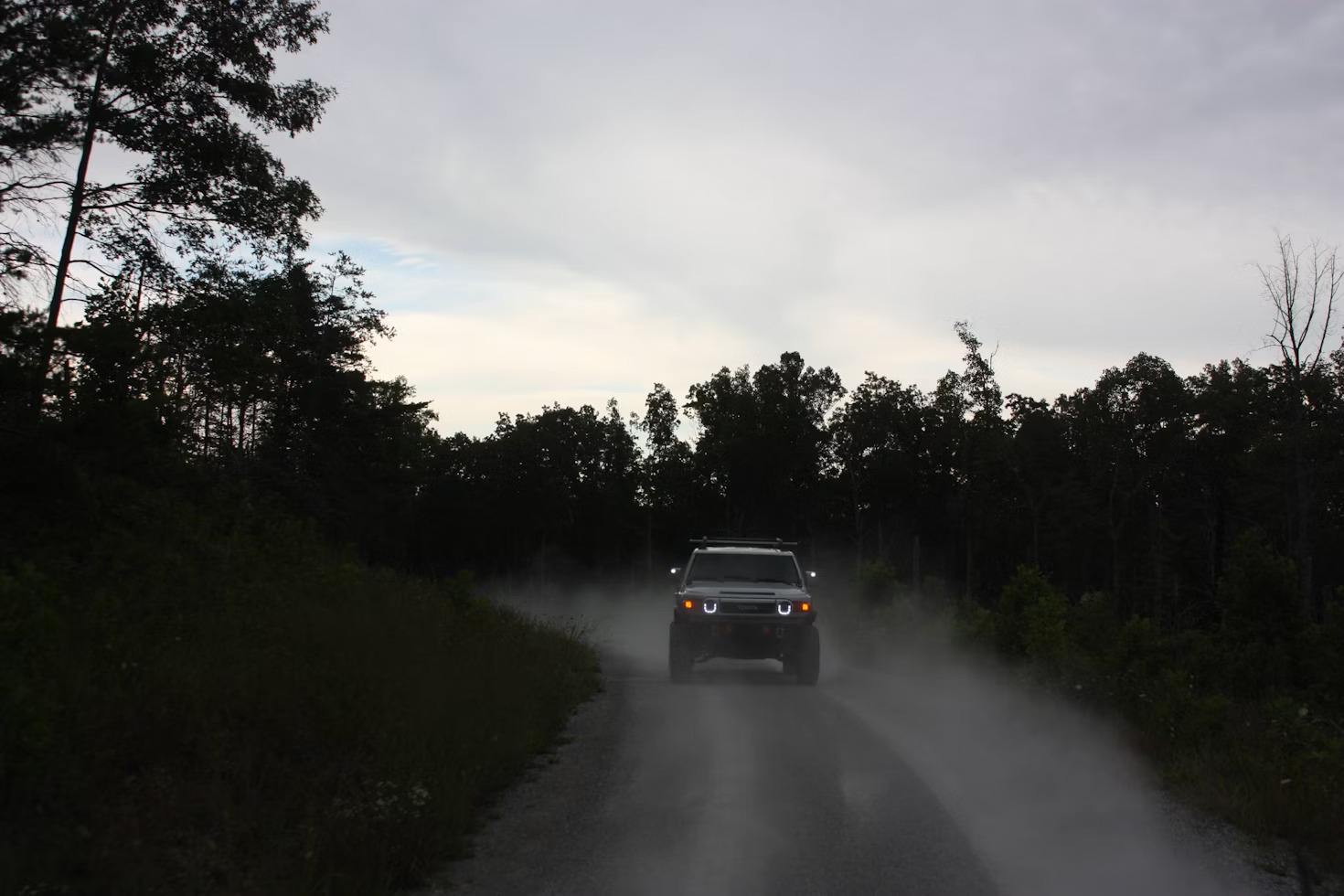
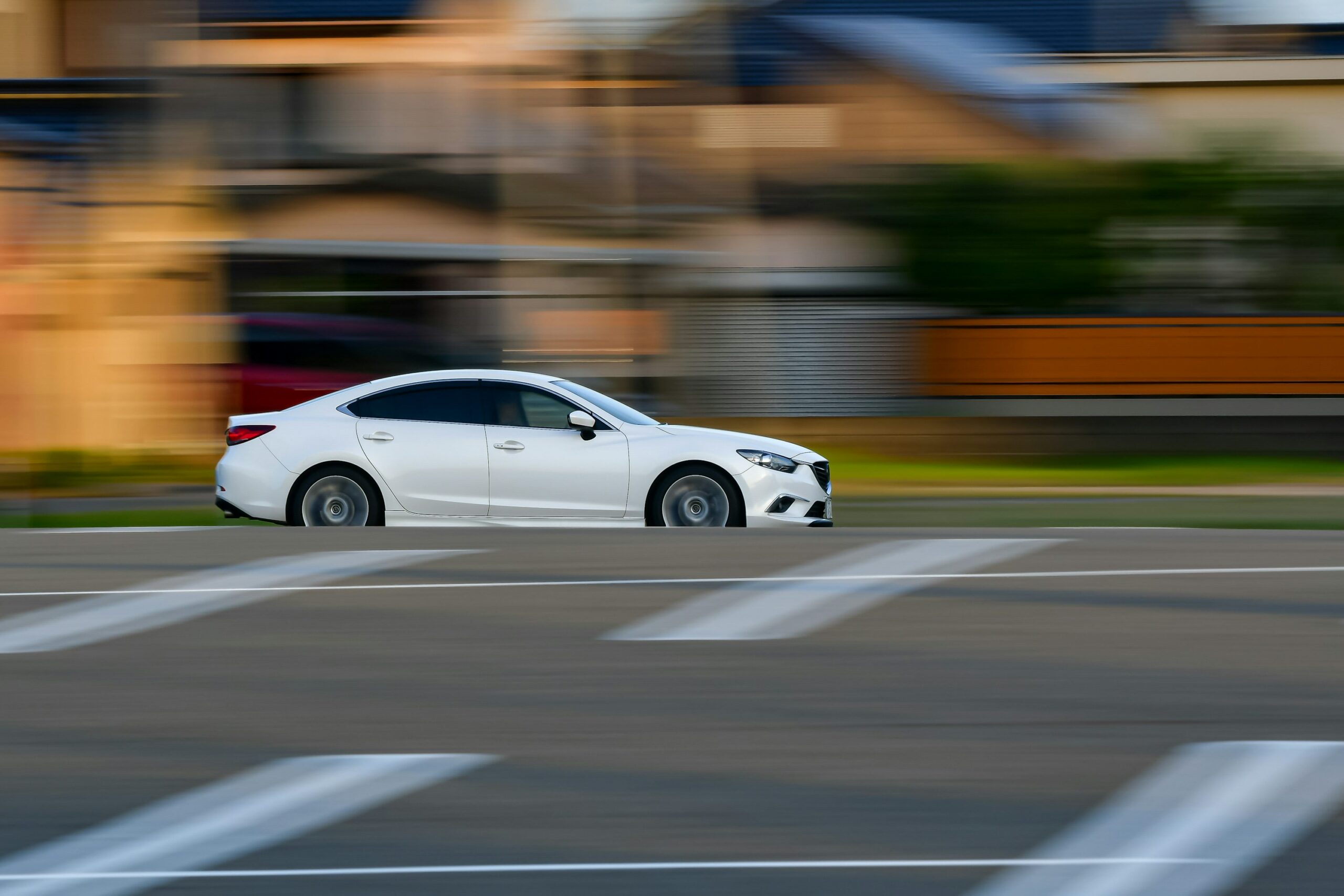
 English
English Français
Français Español
Español